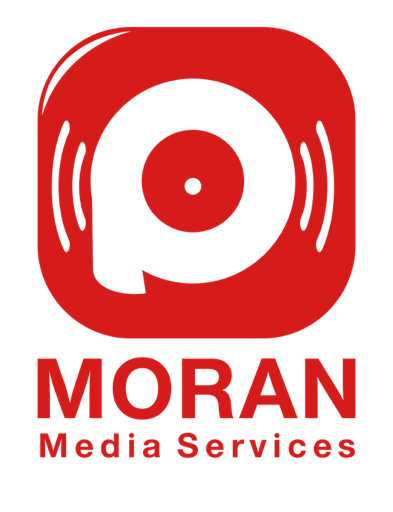The operating system is the program that manages the underlying hardware inside computers. It splits the amount of time each program gets to use the CPU. It also allocates disk space and protects data from unauthorized access. It also allows for interfacing between the hardware and programs. This allows the software to connect with a wide range of hardware devices like printers, WiFi adapters and disk drives.
In addition, to the aforementioned features In addition to the above features, an OS allows multiple software processes to run simultaneously on a single processor. Multitasking is what it is called. It also allows the user to communicate directly with the computer using an GUI interface (graphical) or command line interface. The operating system can be one program that runs in memory, or a set of libraries and programs that reside on the hard drive and are loaded into memory whenever required.
Error detection is an additional important feature of an operating system. The system continuously monitors input and output in order to detect mistakes and prevent them from causing more problems. It also is responsible for the management of networks and the creation of security protocols to guard against access by unauthorized persons.
The OS also stores device drivers in a standard format that allows for easy identification. It can also install and configure drivers when the hardware is upgraded. Additionally to that, the OS can translate a user’s program from high-level language into machine code using loader and compiler. It can also move information on a disk when it detects bad sectors.
